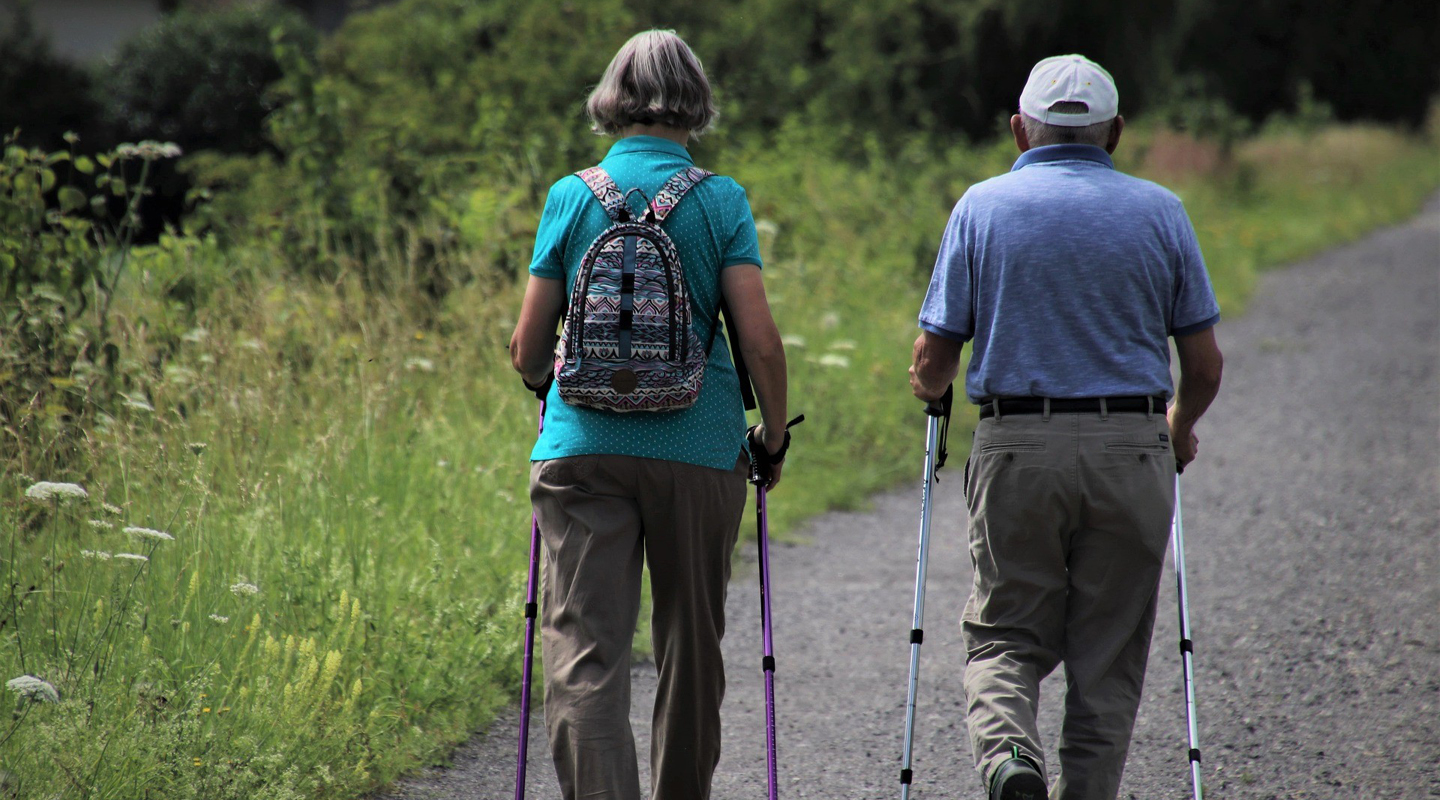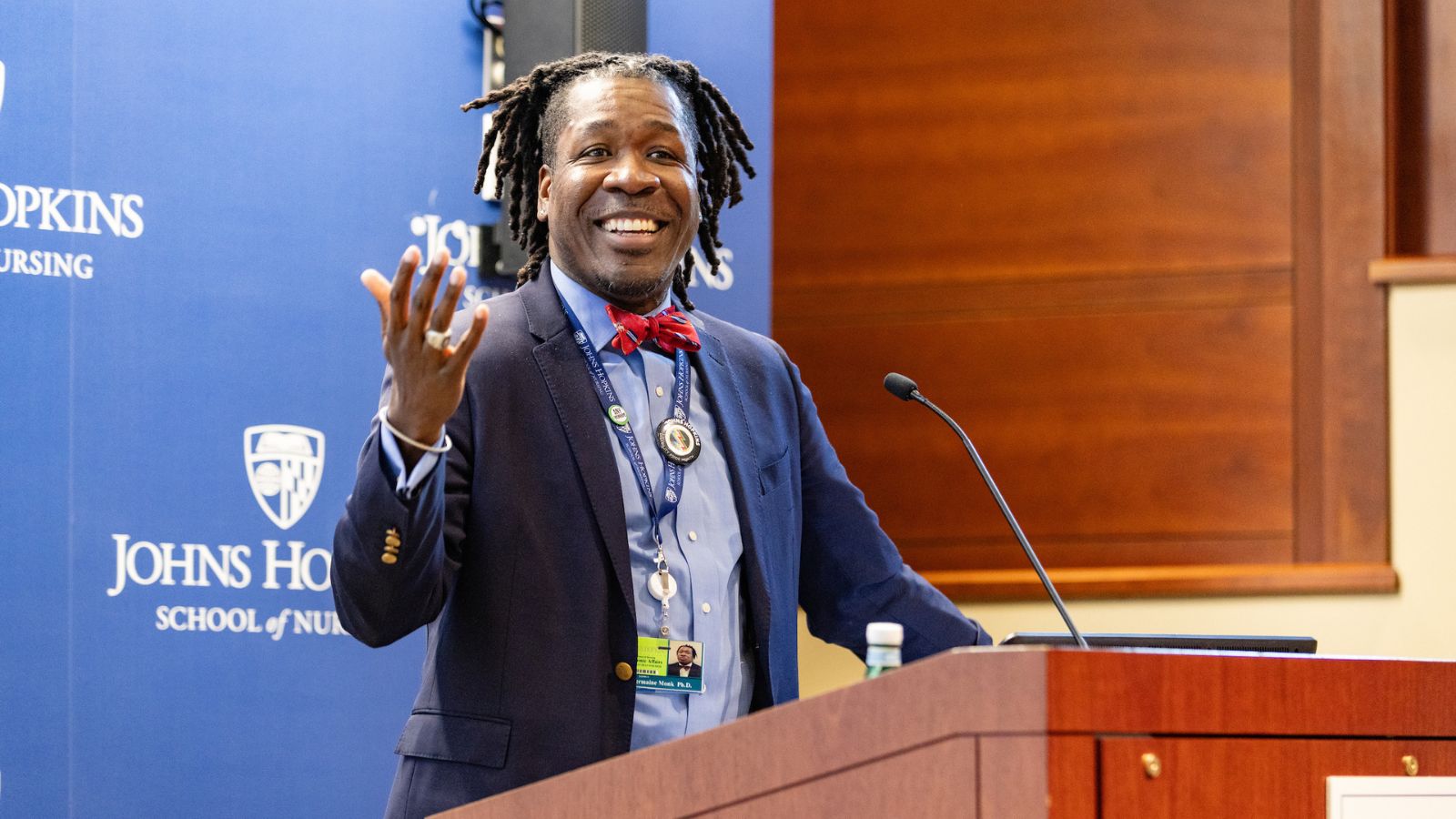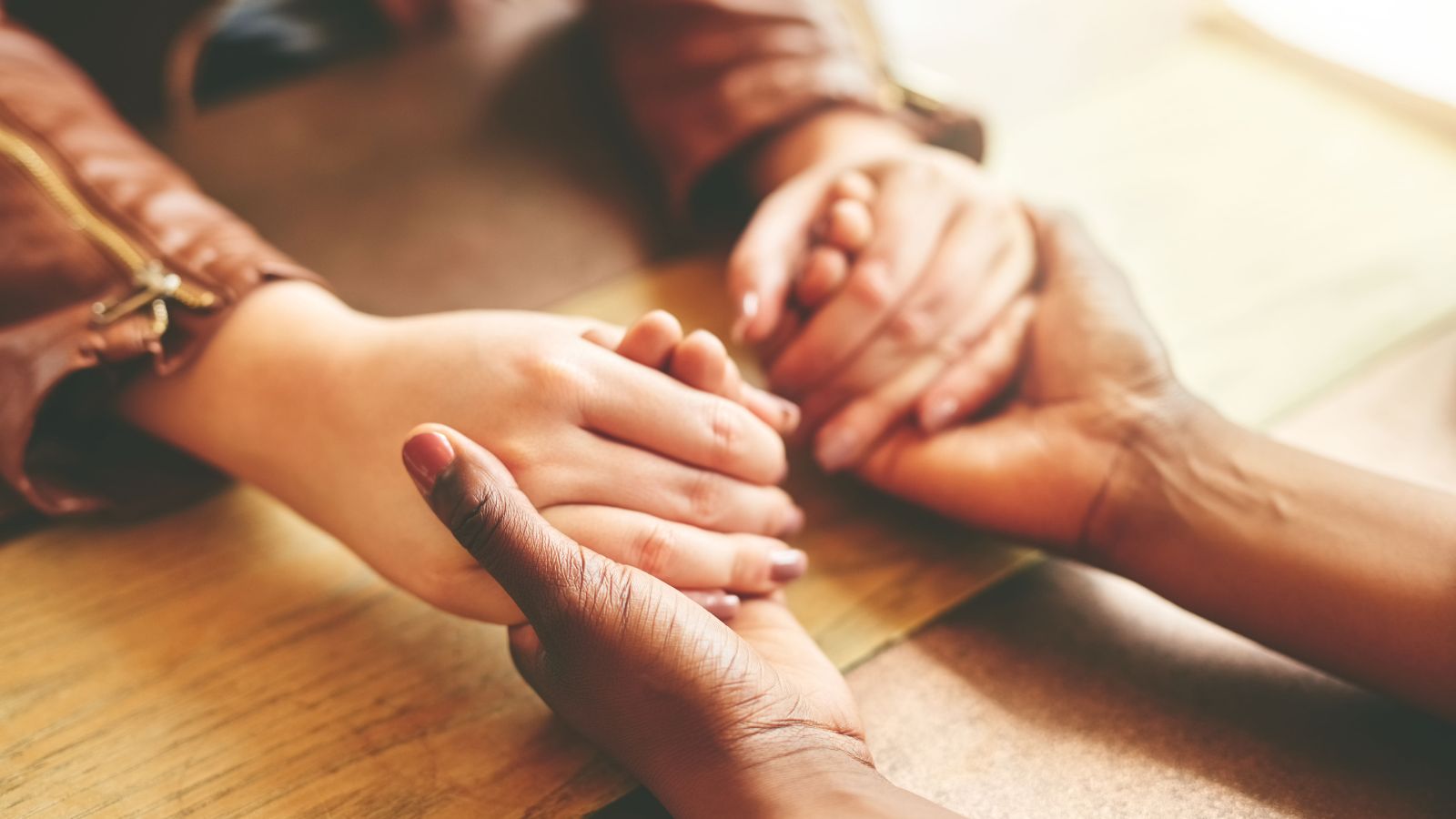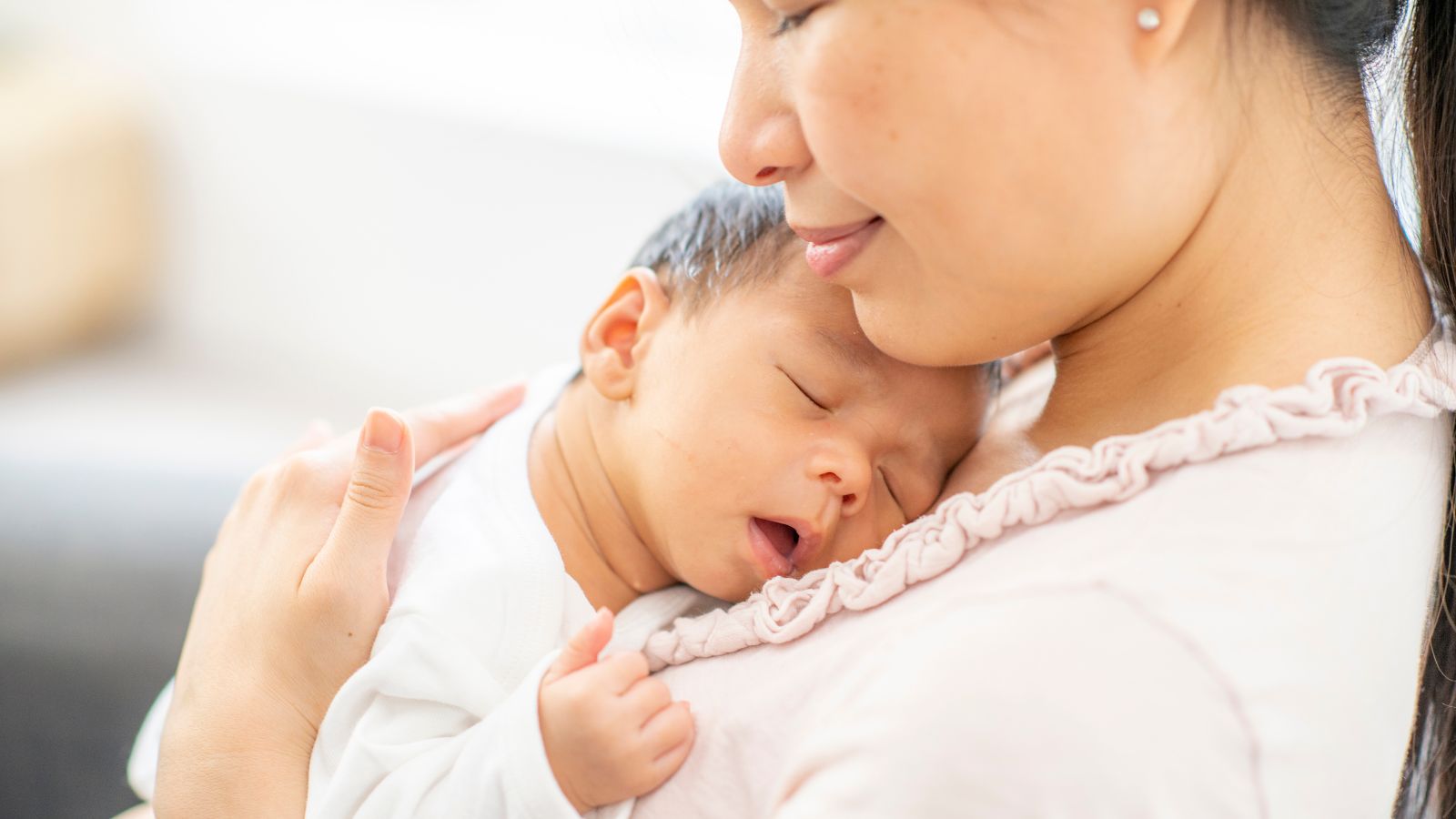Approximately 15 percent of U.S. older adults living outside nursing homes are physically frail, with increased prevalence in women, racial and ethnic minority communities, older individuals, and those with lower socioeconomic status, write Assistant Professor Melissa Hladek, Dean Sarah Szanton, and colleagues in “Self-efficacy Proxy Predicts Frailty Incidence over Time in Non-institutionalized Older Adults” (Journal of the American Geriatrics Society). This can lead to increased disability, depression, and morbidity and decreased quality of life.
You can’t prevent aging, of course. But, the authors write, you may be able predict which individuals are prone to develop frailty over time. It turns out that self-efficacy is more than a feeling; it translates into better health outcomes. Improving self-efficacy helps at-risk individuals adopt healthful behaviors, like exercise or better nutrition, that increase strength, flexibility, and balance, lessen the body’s stress responses, and influence feelings of wellness.
This study adds to the existing literature that feeling more confident in one’s abilities could make individuals more resilient as life challenges arise and may ultimately influence their progression to physical frailty.
“In other words, increasing self-efficacy in one area (e.g., exercise self-efficacy) has the potential to influence self-efficacy in other domains (e.g., general self-efficacy). … Self-efficacy is malleable, meaning that it can improve.” And perhaps the cycle of frailty may be broken or slowed. “This makes improvements in self-efficacy a potential target for physical frailty multi-modal interventional design and measurement,” Hladek, Szanton, and their colleagues conclude.

 Forging Policy: How Can Doulas Improve Black Maternal Health?
Forging Policy: How Can Doulas Improve Black Maternal Health? Forging Policy: Associate Dean Jermaine Monk and Education After Affirmative Action
Forging Policy: Associate Dean Jermaine Monk and Education After Affirmative Action My First Teachers in Nursing School Weren’t Nurses
My First Teachers in Nursing School Weren’t Nurses Most People Want to Breastfeed, But Need More Support To Do So
Most People Want to Breastfeed, But Need More Support To Do So Awards for Diversity
Awards for Diversity






